
In short order both sides of the Atlantic Ocean were beset by turmoil and change, from the American Revolution and the French Revolution to the Napoleonic Wars. Over the same period, the Captain General of Guatemala, Central America’s CEO, declared its liberation from Spain opening Central America to turmoil and civil conflicts in nearly every corner of the isthmus.
As a people and culture, the Kingdom of Nicoya evolved into The Partido of Nicoya that included most of today’s Guanacaste and western Nicaragua, with both Costa Rica and Nicaragua governed together as a province of Federal Republic of Central America from 1821 until 1839.
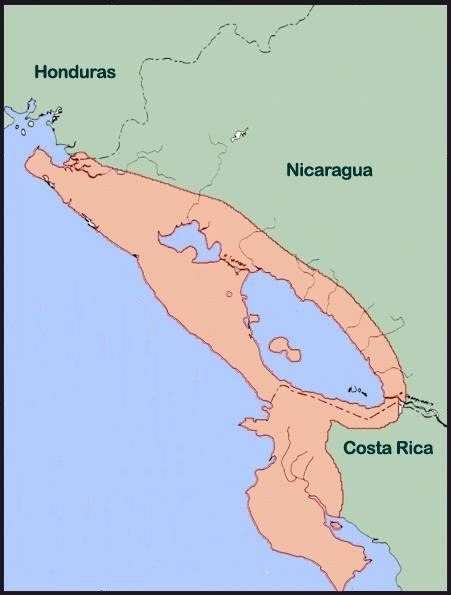
During that period, civil boundaries changed but the people and culture remained similar. In a later column, I will write about the differences, but it is important to understand the kinship, mountain paths, and country ways that crossed modern boundaries. In this column most of the Guanacaste action took place on the Nicaragua side of the San Juan River.
But both boundaries and identities began to change as the relatively stable Costa Rica appeared as a beacon of sanity as civil war in Nicaragua was fueled, in part, by those who had designs to reassemble Central America into a single, not-very-democratic country, by William Walker and his filibusters and imagined by others.
Walker’s filibusters (defined as “people engaging in unauthorized warfare against a foreign country”) arrived from San Francisco into this mess—battles between the city-states of Léon and Granada— for treasure, adventure and commitment to an economic system fueled by slavery, also at center stage at that moment in history in the United States Congress.
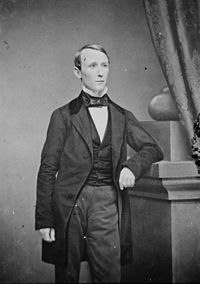
William Walker.
These rough characters believed that all of Central America was up for grabs with few obstacles standing in their way. The land of opportunity opened with three simultaneous developments: The discovery of California gold; debate over slavery for new American states and the promise of a French promoter to open a Nicaraguan Canal that would transform Guanacaste into a center of world trade.
Important to understand that in the mid-19th century, a transit across the Isthmus was not only a path for transport of travelers and goods for trade, but also a communications link.
The United States government had invested heavily in Panama’s railroad crossing to carry mail from its East to West coasts. But the passage was prohibitively expensive for passengers from Europe, who continued to travel by wagon train and stagecoach across dangerous territory in the United States or by a very long ocean voyage around Cape Horn at Tierra del Fuego archipelago of southern Chile (The transcontinental railroad was not completed until 1869).
For competition, shipping tycoon Cornelius Vanderbilt controlled the transit along the border between Costa Rica and Nicaragua, a quicker journey that involved ocean liner to a Caribbean port, shallow draft boats to ply the San Juan River, steamships across Lake Nicaragua, and at least one short portage by pack mules to San Juan del Sud on the Pacific. His firm, the Accessory Transit Company, promised a trip that was two days shorter and a third cheaper than the Panama run.
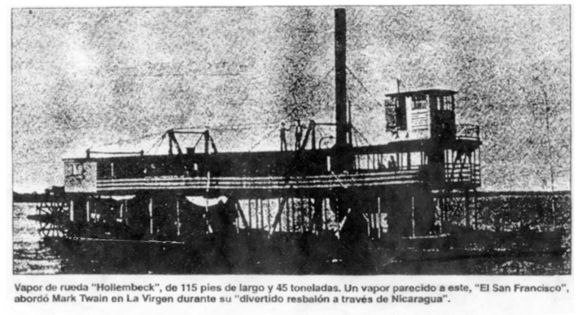
While French, British and Americans business and governments had interests in the transit, these foreigners essentially ignored Nicaragua and Costa Rica in their negotiations. While there were many layers of complication in turning this make-shift passage into an interoceanic canal, most prominent was a breach of contract between Vanderbilt and the Nicaraguan government, as Vanderbilt failed to pay ten percent of his profits to the Nicaraguans, per their concession agreement. Seizing the opportunity, William Walker and his filibusters turned Nicaragua’s civil war into an international conflict, declaring himself president of the country in a sham election and commandeering Vanderbilt’s fleet either as a lien against payment or the spoils of war.
Walker’s assent as president marked the beginning of the end of his adventure. The opposing Nicaraguan forces of Liberals and Conservatives joined forces with Salvadorian and Honduran troops to fight Walker, who began to promote Nicaragua as a slave state, promising 250 acres of land to single immigrants and 300 acres to arriving families. The Walker reign lasted less than two years, but in the chaos of 1856–57, cooler heads emerged from the presidents of Guatemala and Costa Rica, each having achieved stable governments.
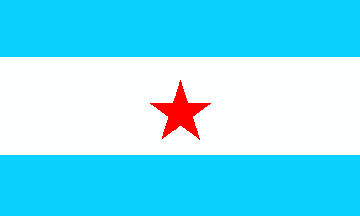
Bandera del “reinado” de Walker, por Jaume Ollé.
The Battle of Rivas was Walker’s swan song, surrendering his army and deported back to the United States, where he was feted as a hero in the South and as a vagrant pirate in the North. The moment of Walker’s defeat, April 11, 1857, now serves as a substitute for the war of independence that Central America never experienced and as a Costa Rican national holiday.
The issues of Nicoya’s Annexation from Nicaragua to Costa Rica and the defeat of Walker at the Battle of Rivas helped to define Guanacasteco identity and pride even as the leader of modern-day Nicaragua, Daniel Ortega periodically proclaims Guanacaste as a legitimate part of his country.
As we all know, the Nicaragua Canal was never built, but schemes for its construction continue to this day. United States interests collapsed when it purchased the French rights to build a Panama Canal at the turn of the 20th century. In 2013, a Chinese billionaire, Wang Jing, obtained a 50-year Master Concession Agreement from the Ortega government to build the Nicaragua Grand Canal at a cost of $40–50 billion, employing 50,000 workers.
But Wang Jing’s lost as much as 80 percent of his fortune in the Chinese stock market crash of 2015–16 while environmental and constructions challenges have delayed start-up. As of this writing, the Nicaragua Grand Canal remains only Ortega’s nostalgic dream as the expanded Panama Canal and the new container port at Limon, Costa Rica promises a prosperous future for interoceanic trade
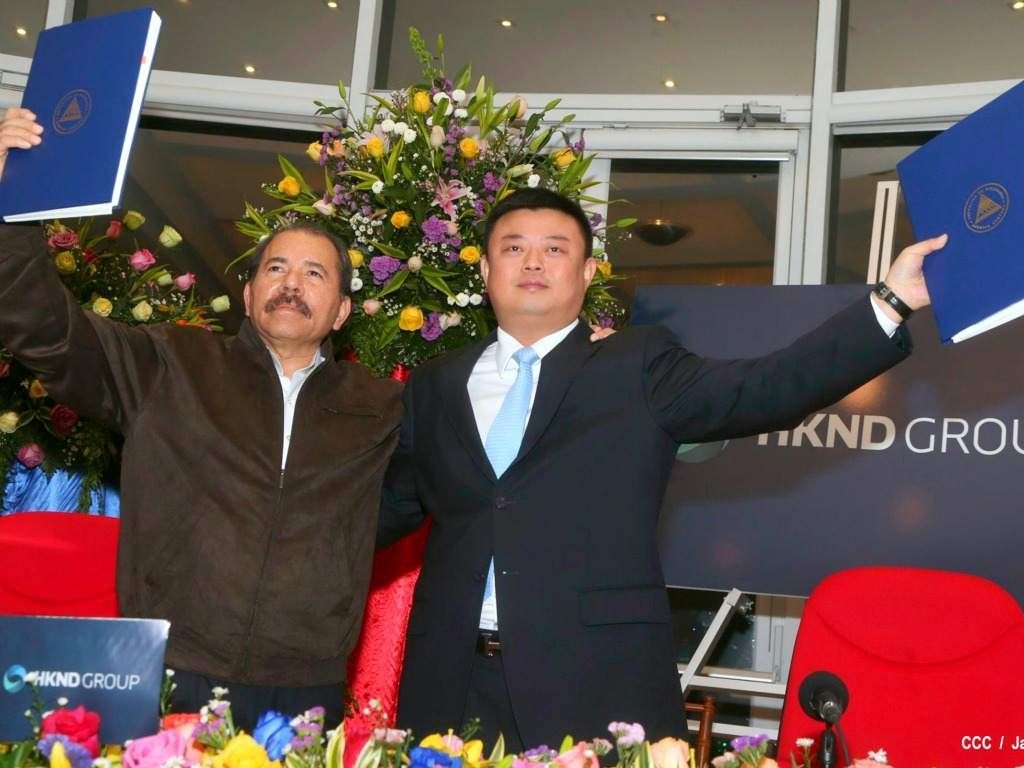
Read more of the series “By our will”:
Chapter 1: The Arrival of Gil, The Conquistador, in Guanacaste
Chapter 2: Civilizing the Conquistadors
Chapter 4: Path Between the Seas
Chapter 5: Land of Opportunity
Chapter 6: Nicaragua y Costa Rica
Chapter 7: Celebrating Guanacaste
Chapter 8: The Costa Rican Railroad
References:
1) Burns, E. B., Patriarch and folk: the emergence of Nicaragua, 1798-1858, Cambridge, Mass.: Harvard University Press, 1991. See also historical perspectives, Scroggs, W. O., William Walker and the Steamship Corporation in Nicaragua, The American Historical Review, Vol. 10, No. 4, July, 1905, pp. 792–811.
Rosenbaum has been a researcher and consultant on sustainable tourism and community development for USAID (United States Agency for International Development) and the World Bank in several countries in Latin America, the Middle East, and Africa. In addition, he has published more than half a dozen books on cultural issues as a senior researcher at George Washington University. Due to his own personal interests – he lived in Nosara and visits Guanacaste often-, Alvin decided to delve into the history of Guanacaste to understand this environment in the best way possible: by incorporating variables from the past into the analysis done going forward, to understand the present and the future of this land that welcomed him with open arms. Alvin spent many hours and several months systematizing all of the information from books and interviews and talking with Guanacastecans who are well-versed in local history to finally produce a series of installments titled “Por Nuestra Voluntad” (By Our Will).
The chapters of the series By our will are the author’s opinion and do not necessarily reflect the editorial position of this newspaper. If you wish to write an opinion article, contact us at [email protected]


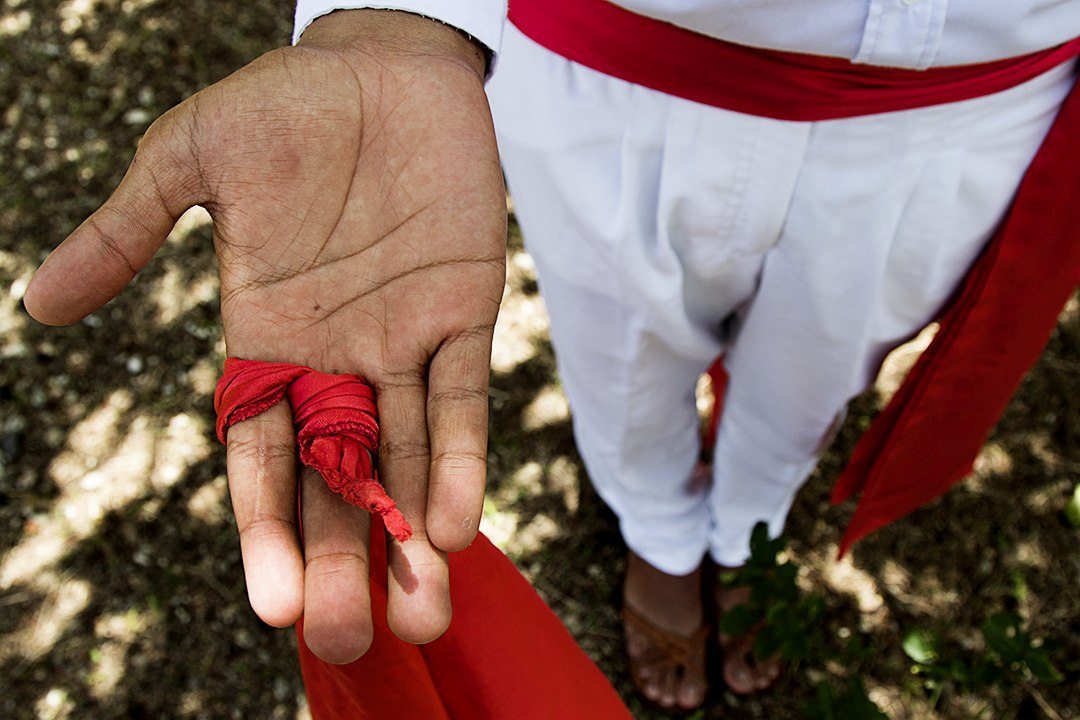
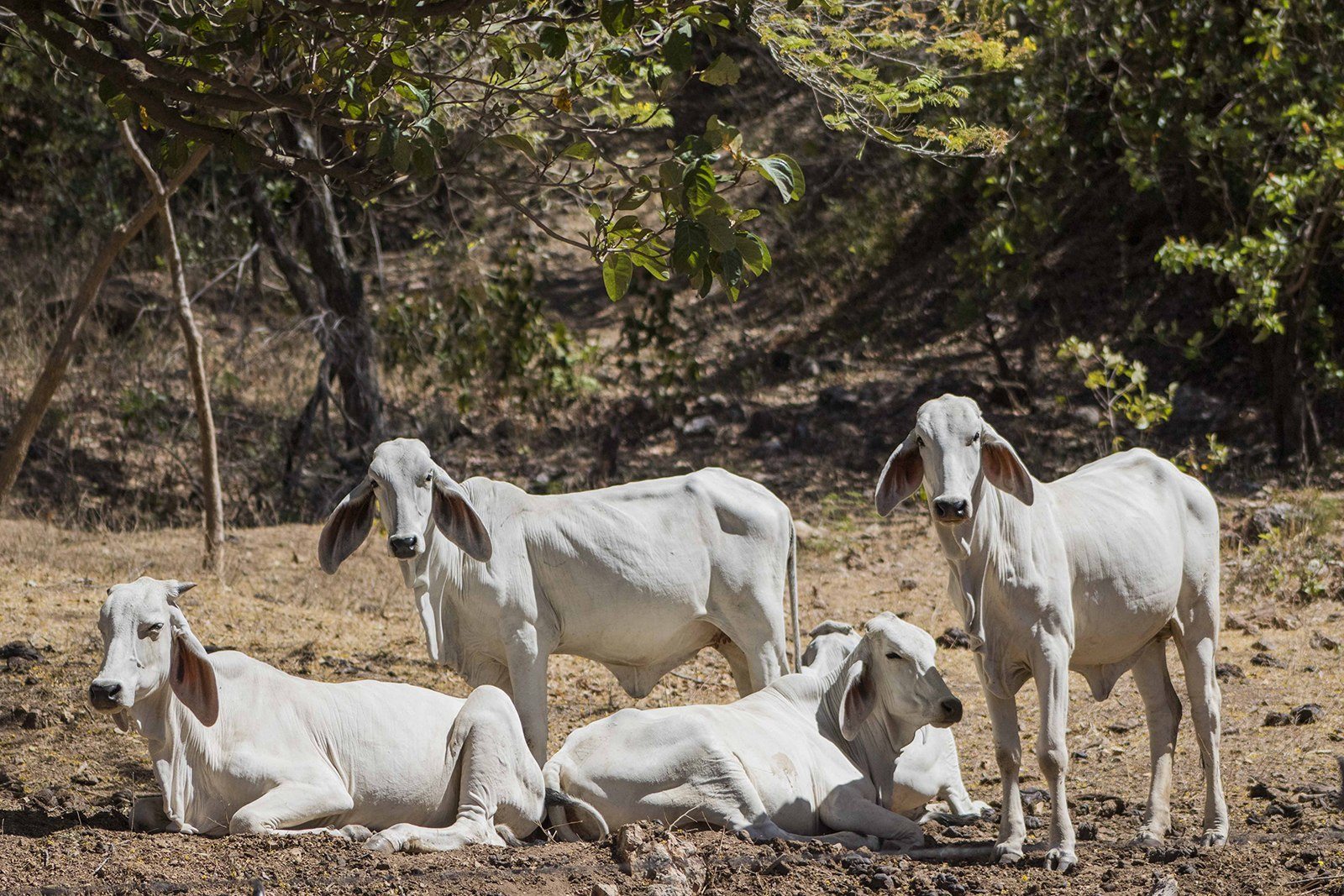
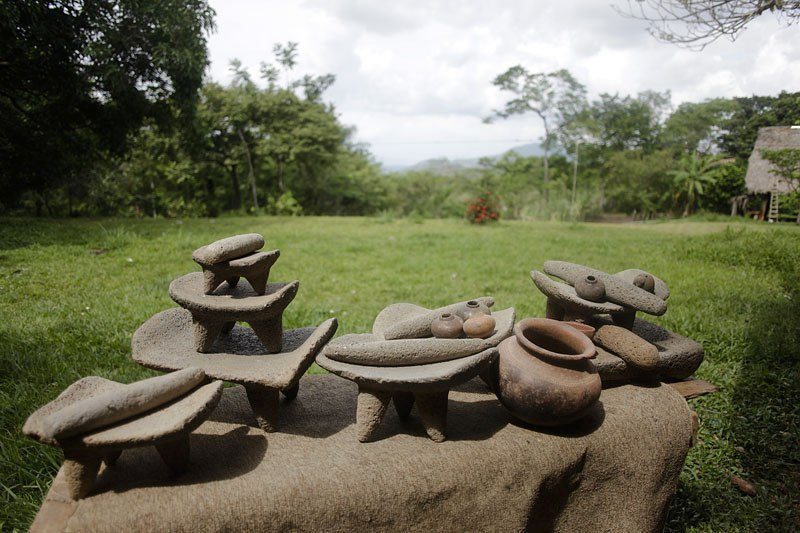
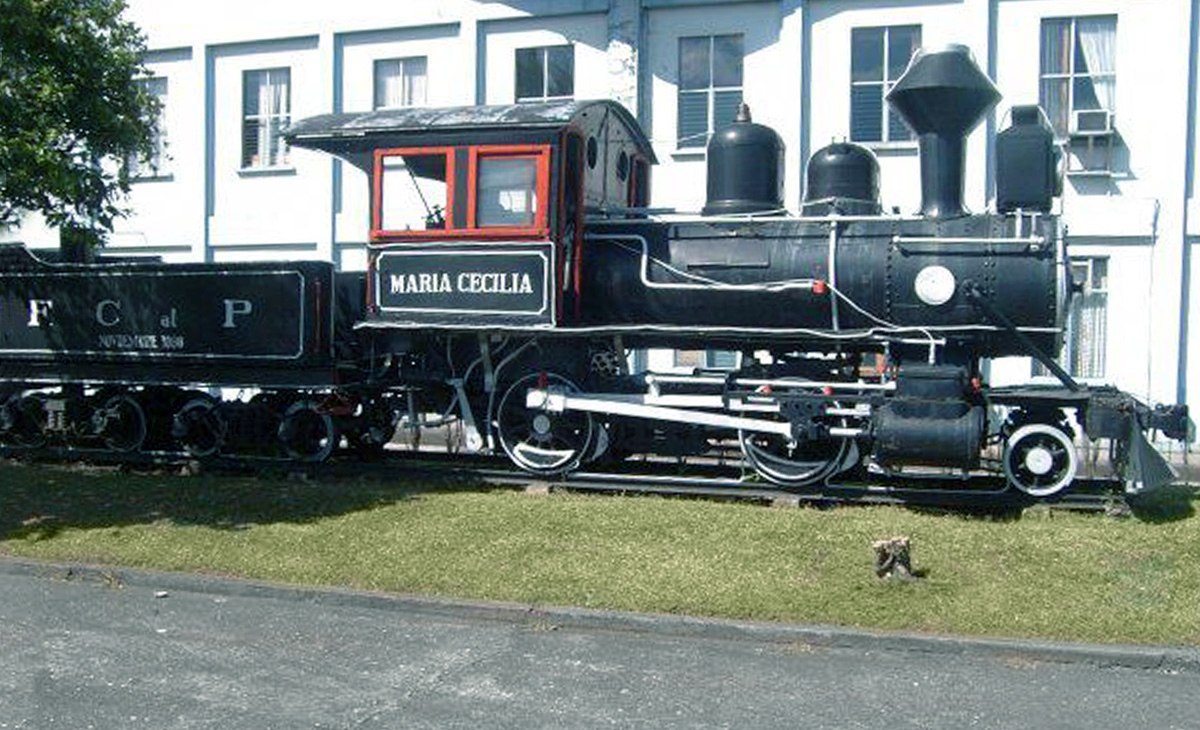

Comments